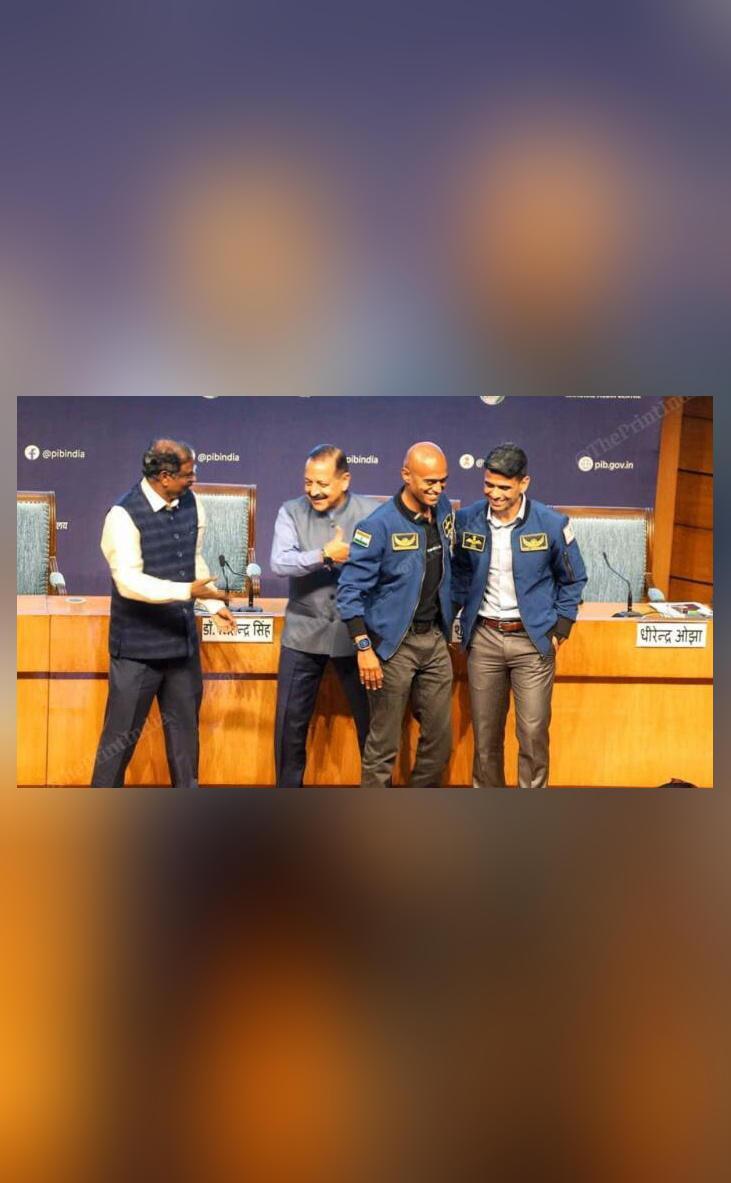
ISRO Flagged Crack in SpaceX’s Rocket Before Axiom-4 Launch
In a remarkable instance of international cooperation, the Indian Space Research Organisation (ISRO) played a crucial role in ensuring the success of the Axiom-4 mission by flagging a potential issue with SpaceX’s rocket. According to ISRO Chairman V Narayanan, engineers from SpaceX and Axiom Space had initially observed an oxygen leak in the rocket, but they were under the impression that it was minor and the mission could proceed as planned.
However, it was only after the Indian team’s insistence that the rocket was thoroughly checked that a more serious problem was discovered – a crack in the fuel line. This crucial finding led to the necessary repairs being made, and the Axiom-4 mission was ultimately able to lift off safely.
The incident highlights the importance of international cooperation and the value of having multiple sets of eyes and expertise when it comes to space exploration. In this blog post, we’ll delve deeper into the story and explore the implications of ISRO’s role in the Axiom-4 mission.
The Axiom-4 Mission
The Axiom-4 mission is a commercial spaceflight that was launched on board a SpaceX Crew Dragon spacecraft. The mission is a collaborative effort between SpaceX, Axiom Space, and the National Aeronautics and Space Administration (NASA). The crew on board included four astronauts, who spent several weeks on the International Space Station (ISS) conducting scientific research and performing various experiments.
The Initial Oxygen Leak
According to ISRO Chairman V Narayanan, engineers from SpaceX and Axiom Space had initially detected an oxygen leak in the rocket. While the leak was not severe, it was still a cause for concern, and the teams decided to investigate further. However, they were under the impression that the issue was minor and could be easily fixed.
ISRO’s Role
It was at this point that the Indian team from ISRO got involved. ISRO Chairman V Narayanan explained that his team was brought in to provide an independent assessment of the situation. The Indian engineers were tasked with conducting a thorough review of the rocket’s systems and identifying any potential issues that may have been overlooked.
The Discovery of the Crack
After conducting a series of tests and inspections, the Indian team discovered a crack in the fuel line of the rocket. This was a more serious issue than the initial oxygen leak, and it required immediate attention. The crack could have potentially caused a catastrophic failure of the rocket, putting the entire mission at risk.
The Repair and Launch
Thanks to the Indian team’s diligence and expertise, the crack was repaired, and the rocket was cleared for launch. The Axiom-4 mission was able to lift off safely, and the crew on board was able to complete their mission without any issues.
Implications and Significance
The incident highlights the importance of international cooperation in the field of space exploration. It demonstrates that having multiple sets of eyes and expertise can help identify potential issues that may have been overlooked by a single team.
The incident also underscores the value of ISRO’s role in the Axiom-4 mission. The Indian team’s involvement ensured that the rocket was thoroughly checked and that any potential issues were identified and addressed before the launch.
Conclusion
The Axiom-4 mission was a significant success, and it was in large part due to the efforts of the Indian team from ISRO. The incident serves as a reminder of the importance of international cooperation and the value of having multiple sets of eyes and expertise when it comes to space exploration.
As we look to the future of space travel and exploration, it is crucial that we continue to work together as a global community. The incident highlights the importance of collaboration and the value of having a diverse range of expertise and perspectives when it comes to space exploration.
Source:






